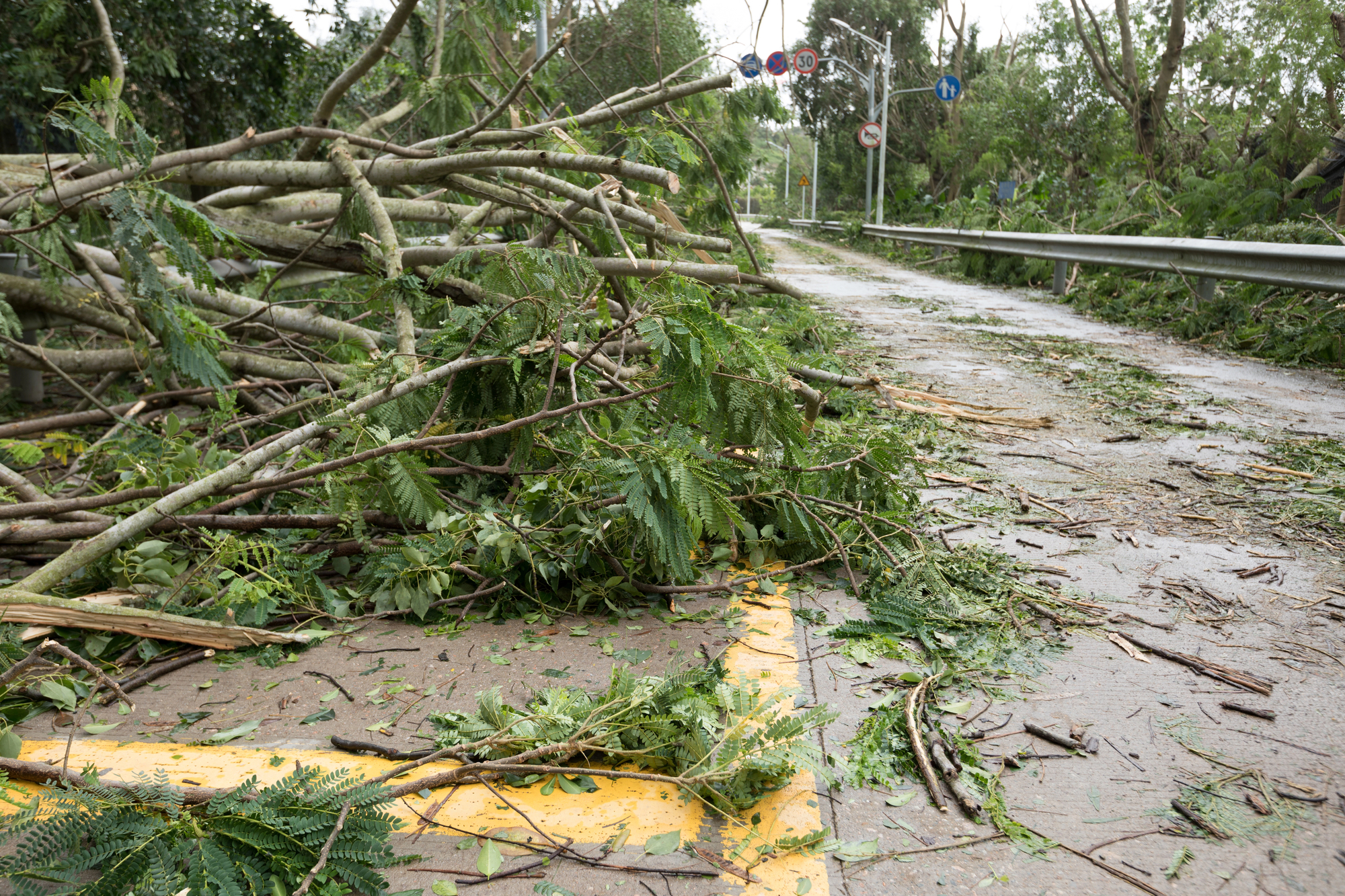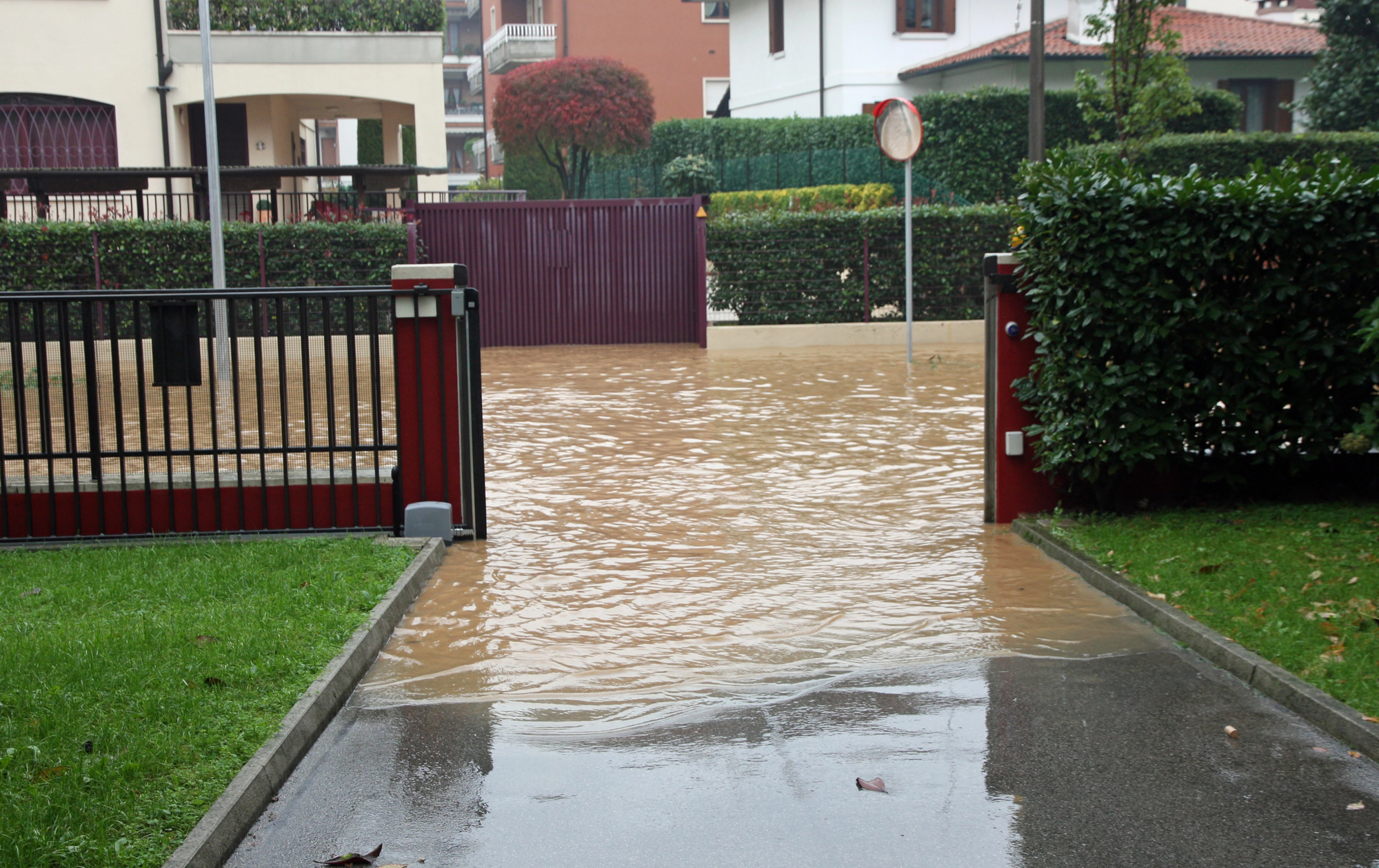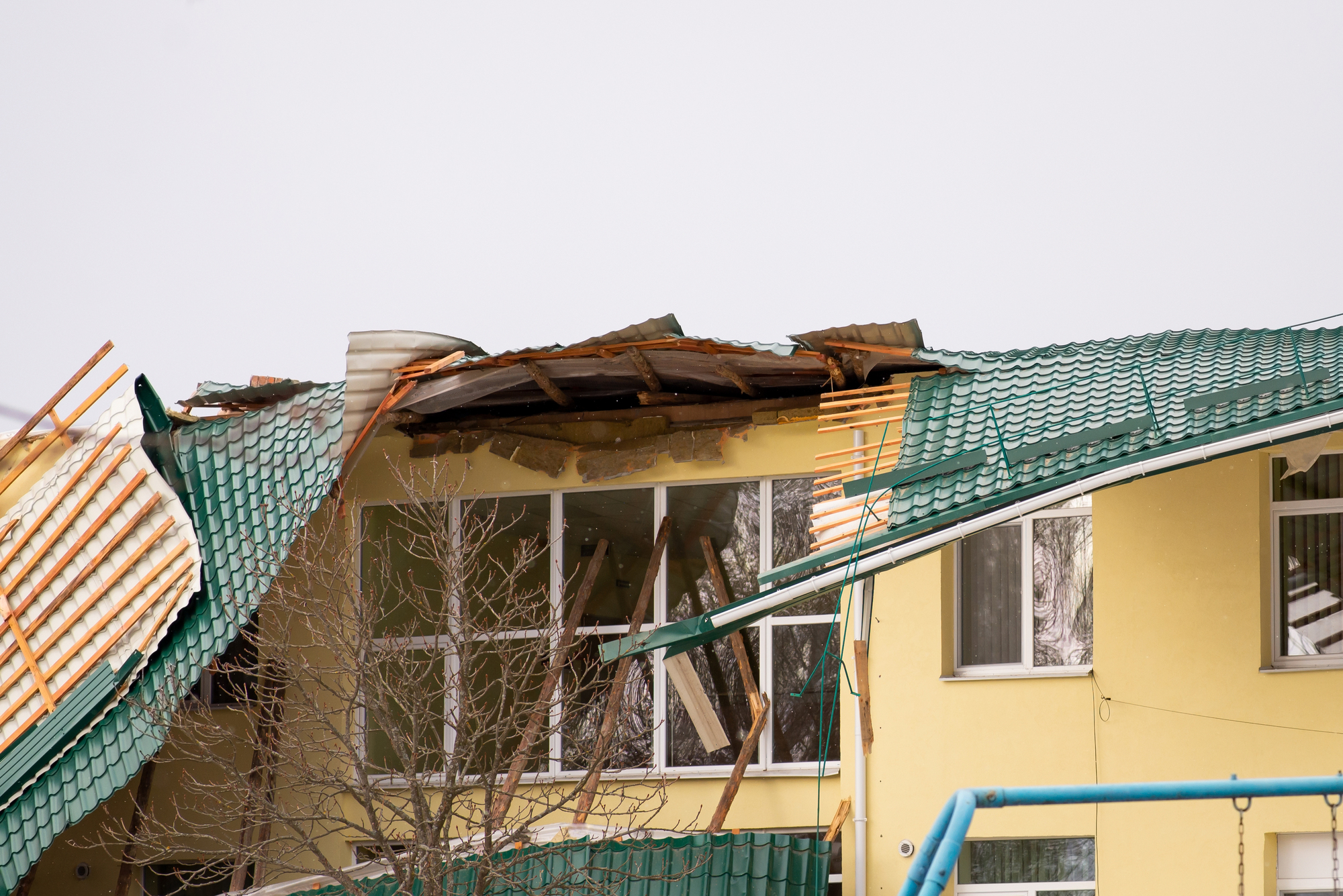November 30, 2025
The Role of Due Diligence in Securing Property Insurance
Securing commercial property insurance has become a more complex process in recent years, driven by rising claim costs,
In August 2020, a powerful derecho swept through the Midwest, leaving widespread devastation in its path. This rare and destructive weather event, characterized by its long-lasting, straight-line winds, inflicted unprecedented damage and resulted in losses amounting to billions of US dollars.
This July, another derecho struck the Midwest, causing extensive structural damage and business interruptions across multiple states. For commercial buildings, the consequences can be severe, including roof damage, structural collapses, and significant economic losses.
With 2024 events and forecasts confirming this year as one of the most severe in terms of storm activity, commercial property owners must be prepared for derecho thunderstorms and other upcoming weather phenomena.
Explore the nature of derecho thunderstorms, their effects on the Midwest, and the specific consequences for commercial buildings, getting insights into preparedness and storm damage restoration strategies during these times.

A derecho is a complex of intense thunderstorms, typically forming in late spring and summer, that produces widespread and severe straight-line wind damage. The winds associated with derechos can range from 60 to 100 mph or higher in extreme cases, making them as destructive as some hurricanes and tornadoes.
The term "derecho," derived from the Spanish word for "straight," aptly describes the nature of these windstorms, which leave extensive swaths of straight-line wind damage across large areas.
In contrast to a single severe thunderstorm, which might cause wind damage over a relatively small area, usually a mile or two wide and a few miles long, a derecho can cause destruction across a much larger region, often spanning tens of miles wide and extending for hundreds of miles.
For a thunderstorm complex to be classified as a derecho, the high winds and resultant damage must extend over a minimum distance of 400 miles in length and at least 60 miles in width. This extensive reach is what sets derechos apart from more localized severe weather events.
Meteorologically, derechos are identified by their distinct appearance on radar. They usually present as one or more curved lines of thunderstorms, known as a bow echo. The bow-shaped configuration is indicative of the strong winds pushing outward, which cause the characteristic large-scale damage.
The formation of a derecho requires specific meteorological conditions. Normally, they develop from a cluster of thunderstorms known as a mesoscale convective system (MCS). These systems often develop in the late spring and summer months when atmospheric instability is high, moisture levels are significant, and a strong jet stream is present.
For a derecho to develop, there must be a substantial temperature gradient between the ground and the upper atmosphere. Warm, moist air near the surface rises and interacts with cooler, drier air aloft, creating the conditions necessary for thunderstorm development.
As the storms mature, they can merge and grow, forming a continuous line of thunderstorms that can extend for hundreds of miles.
Derechos are most observed in the Midwest, where the flat terrain and frequent collisions of warm and cold air masses create ideal conditions.
The Midwest derecho on August 10, 2020, was a devastating event, arguably classified as a super derecho and akin to a few rare occurrences in meteorological history.
The derecho commenced in southeast South Dakota and northeast Nebraska during the early morning hours, gaining intensity as it traversed Iowa. By afternoon and evening, it had inflicted damage as far east as northern Illinois, southern Wisconsin, northern Indiana, southern Michigan, and western Ohio.
In just 14 hours, this derecho caused an estimated $11.5 billion in damage over a span of 770 miles. Moreover, the storm complex was responsible for four fatalities.
The intense winds knocked out power to nearly 2 million homes and businesses, with outages lasting for days and, in some cases, weeks. Wind gusts reached at least 100 mph in central and eastern Iowa, with maximum winds estimated at 140 mph near Cedar Rapids, Iowa, comparable to an EF3 tornado.
Among the 128 severe thunderstorm events listed in NOAA's billion-dollar database, only the April 2011 Super Outbreak, a multi-day event featuring over 300 tornadoes (including 15 rated EF4 or EF5) with damages totaling $12.5 billion, surpassed the 2020 Midwest derecho in terms of cost.
On July 15, 2024, another significant derecho raced across the Midwest, producing extensive damaging winds from Iowa to Illinois, including the Chicago metropolitan area, Indiana, and southwest Michigan.
The derecho began in eastern Iowa late Monday afternoon, with wind gusts reaching up to 97 mph in Dubuque County.
The storm complex continued to produce severe winds, clocking a 105-mph gust in northwest Illinois near Camp Grove. It then advanced into Chicago late in the evening, where a 75-mph gust was recorded at O'Hare Airport.
The storms downed numerous trees and resulted in widespread power outages. By Tuesday morning, more than 238,000 homes and businesses in Illinois were without power, with about 125,000 outages reported across Indiana.

The structural damage inflicted by a derecho can be catastrophic. The intense straight-line winds, often exceeding 100 mph, can rip off roofs, shatter windows, and compromise the integrity of walls.
In some cases, entire sections of buildings may collapse, especially those not constructed to withstand such high wind speeds. This kind of destruction requires extensive and costly repairs, and in many cases, complete reconstruction.
Additionally, the damage to the building envelope can lead to secondary issues such as water infiltration. When roofs are damaged or removed, rainwater can enter the commercial building, damaging interior finishes, electrical systems, and mechanical equipment.
The aftermath of such water damage can be extensive, requiring not just structural repairs but also mold remediation and interior restoration.
The economic impact on businesses affected by derechos can also be profound. The immediate costs associated with repairing or rebuilding damaged structures are often substantial. However, the indirect costs can be even more burdensome.
Business interruptions caused by structural damage and power outages can halt operations for days or even weeks. During this time, businesses may lose revenue, face supply chain disruptions, and incur additional expenses for temporary relocation or emergency power solutions.
Moreover, the long-term economic consequences can include increased insurance premiums and decreased property values. Insurance companies, facing high claims from such events, may raise premiums or impose stricter terms on coverage, making it more expensive for commercial building owners to protect their properties in the future.
BlueTeam’s pre-loss assessments ensure critical property information is readily available, enabling immediate action when every minute counts.
By collaborating with property managers and engineers, we develop comprehensive plans that detail power needs, emergency power locations, building-specific shut-off points, and more. As a result, our team responds quickly and efficiently in the event of a derecho or other severe weather incident.
The property information is stored in an accessible format, available 24/7 for both our team and property stakeholders to reference as needed.
BlueTeam leverages multiple weather services to monitor potential weather threats and confirm historical weather impacts on commercial properties. We provide timely alerts to local property contacts about upcoming weather events that could pose risks, ensuring they are well-prepared.
Following a severe weather event, such as a derecho, our team promptly assesses the property for any damage. By identifying and addressing issues early, we help prevent minor damages from escalating into significant and costly losses.
In the aftermath of a derecho, immediate action is crucial to mitigate damage and begin the restoration process. BlueTeam offers 24/7 emergency restoration services to address the urgent needs of commercial property owners.
Our team is equipped to handle a wide range of emergencies, including structural damage, water intrusion, and more. By providing swift and effective restoration services, we help minimize downtime and reduce the overall impact on business operations.
Water damage is a common and serious consequence of derechos, particularly when roofs are damaged or removed. BlueTeam specializes in water damage restoration, using advanced techniques and equipment to extract water, dry affected areas, and prevent mold growth.
Our team conducts thorough assessments to identify all areas of water infiltration and implements targeted strategies to address each issue.
BlueTeam provides professional board-up services to safeguard commercial buildings from the elements during derechos, thunderstorms, and tornadoes.
Our team acts quickly to cover broken windows, doors, and other vulnerable areas, preventing additional weather-related damage and ensuring the security of the commercial property until permanent repairs can be made.
BlueTeam's roofing experts are available to assess and repair roof damage promptly. We use high-quality materials and industry-best practices to ensure repairs are durable and effective.
Whether it’s a temporary fix to prevent immediate water damage or a complete roof replacement, our team delivers reliable solutions that enhance the commercial property’s resilience against future storms.

As summer approaches and thunderstorms and tornadoes become more common, BlueTeam is here to assist commercial buildings during these times of need. With emergency storm damage restoration services, reconstruction, and more, we can help commercial property owners navigate the challenges posed by severe weather events.
Contact BlueTeam today to learn more about how we can support your commercial property and ensure it remains resilient against future storms.